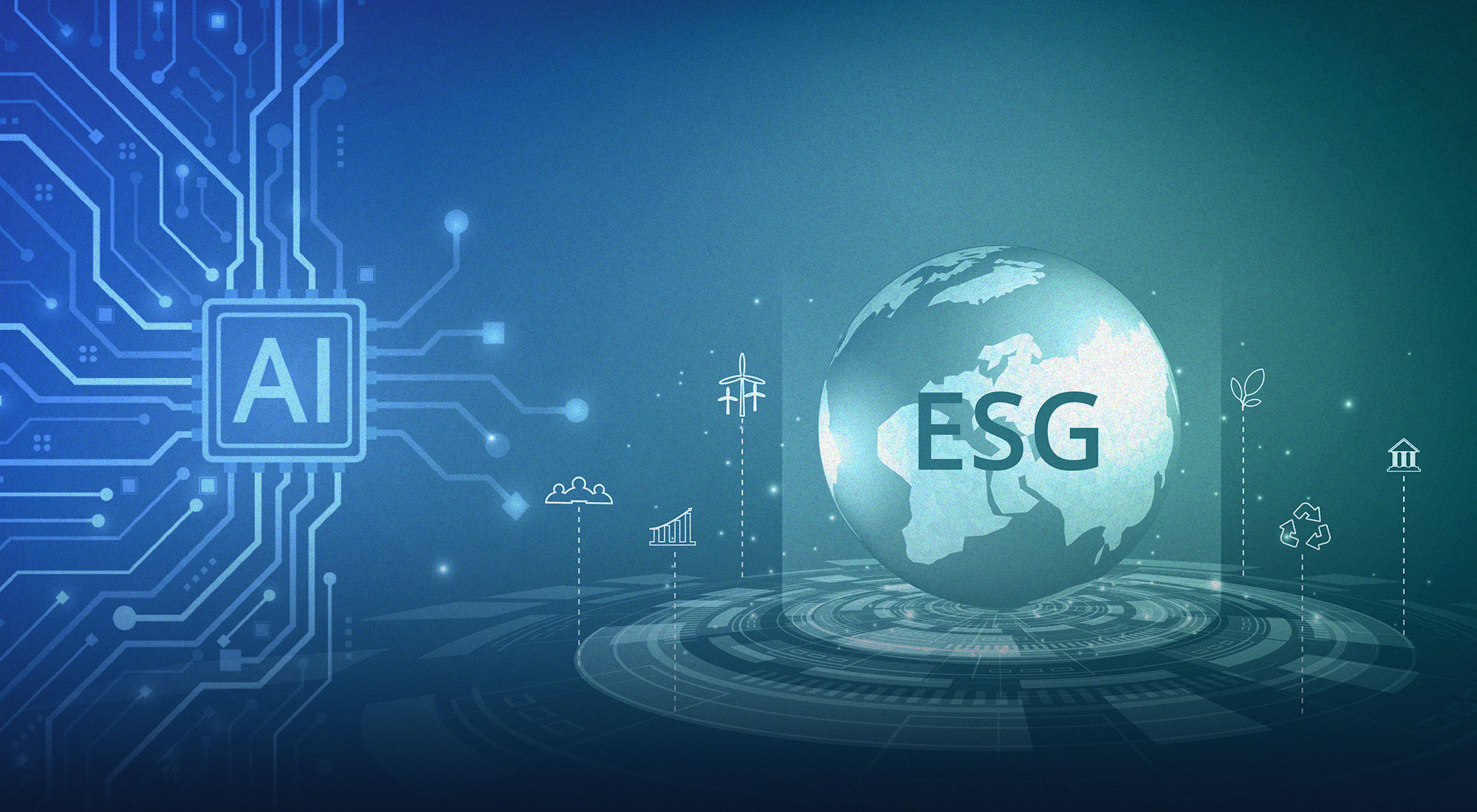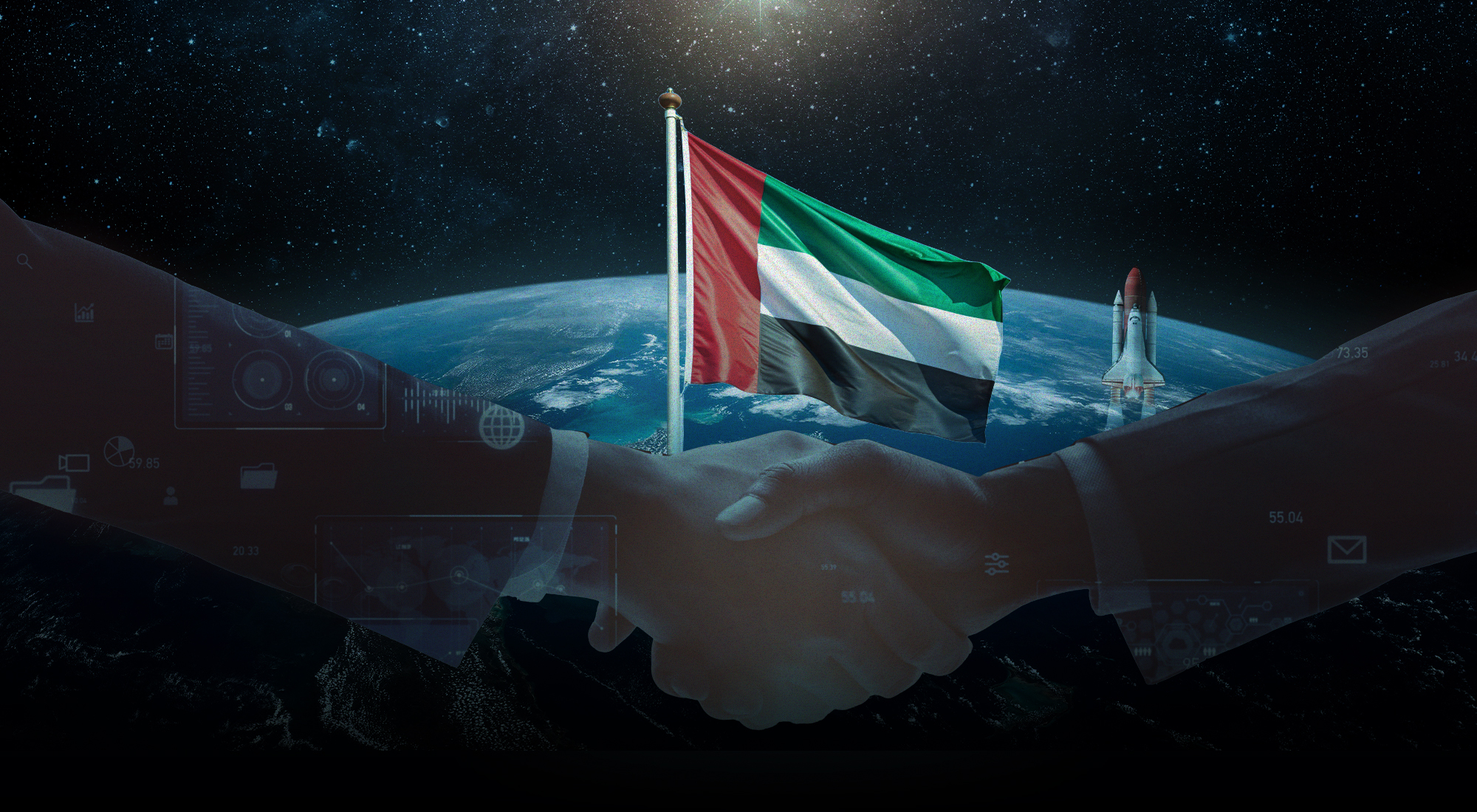The role of women in science, technology, engineering, and math (STEM) fields is regionally and internationally a rising issue. On 11 February 2016, the United Nations Educational, Scientific and Cultural Organization (UNESCO) celebrated the first annual International Day of Women and Girls in Science. Its objective was to recognize and celebrate the equal participation and the accomplishments of female researchers in all aspects of the scientific fields including education, employment, and decision-making. The initiative corresponds to UNESCO’s focus on improvement of education since its establishment in 1945. The International Day of Women and Girls in Science aims to encourage more young women to enter the STEM fields for profession and to encourage them once their careers are in progress. The Director-General of UNESCO Irina Bokova emphasized that ensuring women are more involved in science is crucial as the “2030 Agenda for sustainable development will not meet its promise without investing in women and girls.” The proclamation that 11 February will now be an annual celebration of the role of women in science thus acts as not only a message of encouragement, but also a call for more young women to choose STEM fields for their careers.
Despite significant achievements in gender parity, there exists a persistent gap especially in the number of women pursuing college degrees and careers in STEM fields. The lack of progress is damaging to sustainable global economic growth as the potential talent for creativity and innovation are not fully utilized. Despite the calls to support women as presented by the United Nation, The Global Gender Gap Report estimates that it will take 81 years for the world to close the economic gender gap and realize the resulting growth benefits. The advancement in gender equality especially in STEM fields has been considered as an enduring challenge and a ‘leaky pipeline’ as women drop out from STEM careers before advancing to decision-making positions for reasons yet to be understood. Action advancing women in STEM requires a focus on effective STEM policies that are evidence-based with relevant statistics and indicators. There is a pressing need to develop new indicators and methods to collect and analyse sex-disaggregated data on women’s participation in STEM around the world, in order to elaborate and implement appropriate solutions.
UNESCO and STEM
UNESCO, since its establishment in 1945, has focused on improving education; seeing access to quality education as a fundamental human right and as a prerequisite for human development. UNESCO deals with all aspects of education and has also support initiatives, though local and global partnerships, to promote and celebrate the valuable contributions of women in STEM, as well as to strengthen the dialogue amongst women in science. These specific initiatives act to ensure the unique perspectives of the women knowledge holders to be actively incorporated in the field. . Gender equality is a global priority at UNESCO, and promoting women and girls in science stands at the heart of this action. The initiatives for supporting women in STEM sponsored by UNESCO include:
L’Oréal-UNESCO For Women in Science celebrates female role models and aims to support and inspire women and girls to engage in and develop scientific careers. They recognize five outstanding women scientists every year, and so far have accumulated 87 laureates from 30 countries since its start in 1998.
Organization for Women in Science for the Developing World (OWSD) provides research training, career development and networking opportunities for women scientists throughout the developing world at different stages in their careers. The OWSD served as the first international forum to unite all eminent women scientists from the developed and developing worlds to strengthen their role in the development process.
Global Partnership for Girls’ and Women’s Education seeks to increase the learning opportunities for adolescent girls and women and to find solutions for the obstacles and challenges of their education. As a way to achieve gender equality especially in STEM fields, UNESCO encourages programs aimed at providing well-trained and motivated STEM female teachers, institutionalizing gender training for teachers, and systemizing gender reviews of STEM policies, curricula, and pedagogy in youth education. The Global Partnership for Girls’ and Women’s education was launched in 2011 to promote education as a tool to break the cycle of poverty, and to expand and improve the quality of education.
STEM and Gender Advancement (SAGA) project analyses and generates policy with regards to women and STEM, providing a platform of evidence based policy to be implemented in pilot countries to support more women in STEM fields. Furthermore, SAGA measures and assesses sex-disaggregated data, and takes an inventory of policy instruments that affect gender equality in STEM providing gender balance policy analysis to develop better indicators.
The Importance of Science and technology
The challenges of the 21st century – from climate change to cyber-security – have significant scientific dimensions. The fields of science and technology, are viewed as drivers for human development, working towards poverty eradication and a better future for the planet. Scientists around the globe are working to tackle sustainable development and help spur innovation that allows for economic growth. Without the pipeline of practicing scientists or engineers, skilled mentors and teachers, the technology and information system experts’ global ambition to reach the 2030 Sustainable Development Goals (SDGs) is farfetched. Creating knowledge-based societies requires advancements in STEM, which will ultimately strengthen the educational systems in STEM fields. Improving education in STEM will allow all countries, in particular developing countries, to meet the education-related development goals and achieve reach the SDGs more quickly. A focus on the SDGs in important as in the past, a disconnect between science and policymaking contributed to policy failures. It has been suggested that the SDGs present an opportunity for scientists and policymakers to engage in a more open and effective way, which will also support the development of science education initiatives.
Why women and girls?
According to the recent UNESCO Science Report, women account for only 28 percent of researchers across the world. Based on their findings, women have less access to funding, networks, and senior positions, which puts them at a further disadvantage in high-impact science publishing. The UN General Assembly adopted Resolution 68/220 “Science, Technology and Innovation for Development” on 20 December 2013, recognising full and equal access to, and participation in, science, technology and innovation for women of all ages are imperative in achieving gender equality and the empowerment of women. It also underlines that addressing barriers to equal access for women and girls to science, technology and innovation requires a systematic, comprehensive, integrated, sustainable, multi-disciplinary and multi-sectoral approach; the Resolution thus urges governments to mainstream a gender perspective in legislation, policies and programmes.
For the UAE, the STEM workforce is a crucial factor to the innovative capacity and global competitiveness of the country. The field stands as an integral component in the efforts of diversifying the economy, away from the oil receipts and towards a high-skilled and knowledge-based economy. Despite the admirable number of women partaking in the STEM majors at university, question lies as to whether there is a coordinated effort within the government policymakers to create opportunities in STEM careers for women.
The participation of UAE females in STEM subjects at university is striking. Primarily, they account for 62% of all graduates in the academic year 2011-12. The percentage is higher at 71% for government universities, where students are mostly Emiratis. In STEM-related courses, the number of female graduates reach 50.7% across all institutions, and 56.8% in the government universities. In all areas except for engineering, women are graduating in higher numbers than men. In 2014 at a meeting of the United Nations commission on the status of women, Dr Lamya Fawwaz, the executive director of public affairs at Masdar Institute of Science and Technology, stated that “Starting from scholarships that provide advanced education, to internships with innovative companies, to the constitutional rights to equal pay and maternity leave, the leadership has done everything possible to make education and profession easy for women.” In fully recognizing the achievements to date, it is important to remain vigilant and ensure there is consistency in supporting women in STEM across all areas of government and society.
This is particularly important in recognizing the value that increased female labour force participation can bring to the country. In using Greece, Ireland, and Spain in 1980s as the precedents, if UAE follows a similar path which it is for the moment being, country’s GDP is estimated to increase by 12% due to the “uptick in productivity and consumption.” The motivation to excel, and a commitment to education, as perceived by rates of education reflects the great potential Emirati women hold as untapped human resources. These untapped talents of women in the STEM field constitutes an important area for the government to address to ensure women and girls are given the necessary support to excel. . Women are held back by several barriers such as stereotyping, lack of role models, society and culture that prevent them from recruitment, retention, and promotion among the STEM path. Factors such as job biases and lack of resources or access to developmental and job training also slow down their advancement into senior decision-making positions.
As a result, there needs to be a combined effort on all parts to provide more opportunities and further guidance. This untapped human capital of Emirati women has the potential to greatly diversify the economy, especially in the STEM fields. And granted the country’s rapid development in industry, aviation, aerospace, green technology, and nuclear power soars, local industry’s demand for STEM graduates will rocket. What the country now needs then is a cumulative and consistent effort on part of the government to push for female empowerment.








